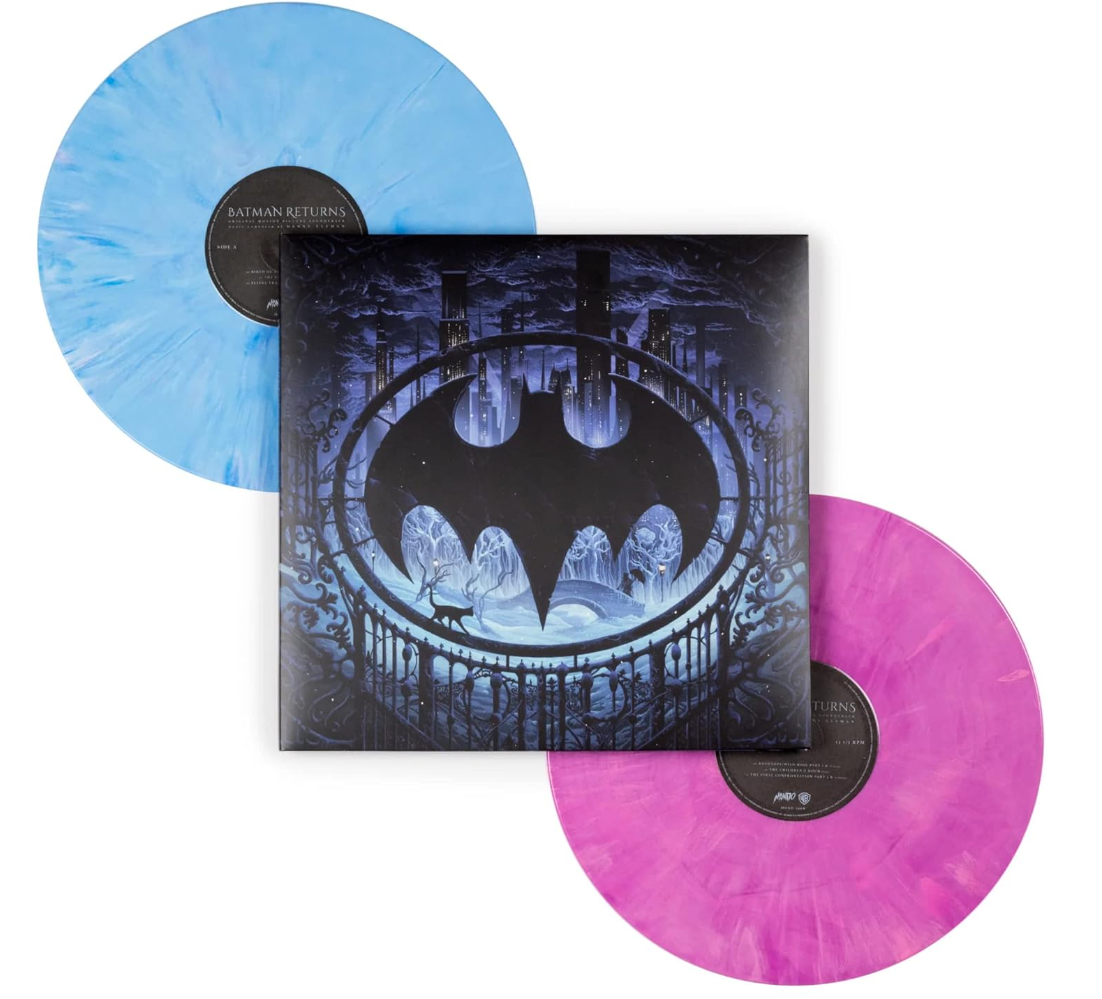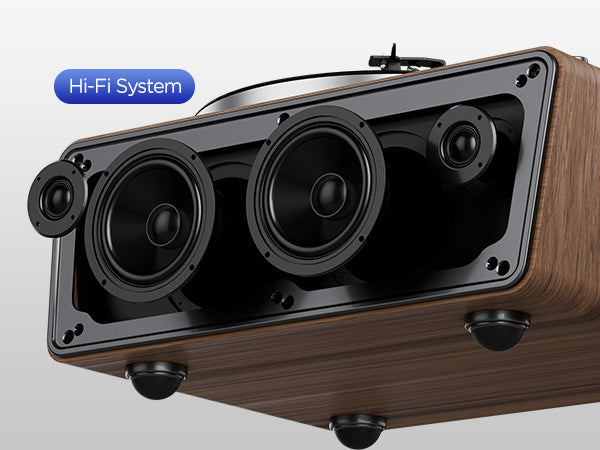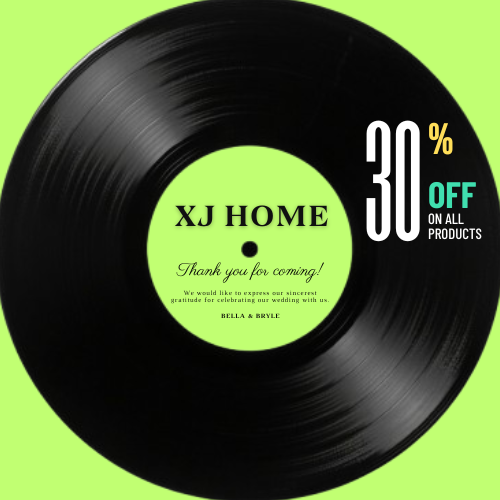So, you've taken the plunge. You've acquired a turntable, maybe even started amassing a respectable collection of vinyl. The ritual of placing a record on the platter, dropping the needle, and sinking into the analog warmth is unlike anything else. But if you think the turntable itself is the final word in your vinyl journey, allow me to let you in on a secret that seasoned audiophiles understand deeply: the accessories aren't just optional extras; many are fundamental to protecting your investment, optimizing sound quality, and truly connecting with the music etched into those grooves.
The market is flooded with all manner of gizmos and gadgets, and it's easy to feel overwhelmed or to dismiss them as mere audiophile "snake oil." But let's cut through the noise. We're talking about items grounded in the physics of sound reproduction and the practical realities of preserving delicate vinyl. These are the accessories you genuinely can't, or at least shouldn't, live without.
The Non-Negotiables: Protecting Your Investment (Records & Stylus)
Before we even talk about tweaking sound, let's talk about preservation. Your records and your stylus are precious and surprisingly vulnerable.
-
A Comprehensive Record Cleaning System:
-
Why it's crucial: Dust, fingerprints, airborne grime, static electricity – these are the sworn enemies of your vinyl. They don't just cause annoying pops and clicks; microscopic debris gets ground into the grooves by the stylus, causing permanent wear and degrading sound quality over time. Think of it as hygiene for your records.
-
The Arsenal:
-
Carbon Fiber Brush: This is your first line of defense for daily use. Before each play, a gentle sweep with a quality carbon fiber brush (its conductive fibers help neutralize static and lift surface dust) is essential.
-
Wet Cleaning Solution & Microfiber Cloths/Pads: For deeper cleaning of new (yes, even sealed records can have pressing residues!) or used vinyl. Always opt for a reputable, alcohol-free, residue-free cleaning solution. Generic window cleaner is a cardinal sin!
-
Record Cleaning Machines (RCMs): For the serious collector, a vacuum-based RCM or even a simpler system like a Spin-Clean is a game-changer. They offer a far more thorough and effective clean than manual methods alone. The difference can be revelatory.
-
-
The Deeper Dive: The stylus-groove interface is a delicate dance of microscopic precision. Any particulate matter acts like an abrasive, prematurely aging both the record and the stylus.
-
-
Dedicated Stylus Cleaner:
-
Why it's crucial: Your stylus traces miles of grooves, and in doing so, it inevitably picks up tiny particles of dust and vinyl residue, even from clean records. This gunk accumulates on the stylus tip, leading to distorted sound, mistracking, and, critically, can transfer that grime back onto your records or even damage the delicate diamond tip.
-
The Tools: A good quality stylus cleaning gel (you gently lower the stylus onto it) or a specialized stiff-bristled stylus brush (always brush from back to front, never side to side) is a must.
-
Human Nature Alert: This is one of the easiest maintenance steps to forget, yet one of the most impactful for both sound quality and stylus longevity. It’s like trying to read with dirty glasses – you’re simply not getting the full picture.
-
-
Quality Inner & Outer Sleeves:
-
Why it's crucial: Those cheap paper sleeves that many records come in? They shed paper fibers, scratch your vinyl over time, and can contribute to static. And the beautiful album artwork? It deserves protection from shelf wear, ring wear, and spills.
-
The Upgrade: Invest in anti-static, archival-quality poly-lined inner sleeves (brands like Mobile Fidelity Sound Lab – often referred to as "MoFi sleeves" – set a standard here). For the outside, clear, snug-fitting polypropylene outer sleeves will keep your album covers looking pristine for decades.
-
The Practical Collector: This isn't just about audiophile fussiness; it's about preserving the monetary and sentimental value of your collection.
-
Optimizing Sound: Hearing What's Really in the Grooves
With your records and stylus clean and protected, now we can focus on wringing every last drop of sonic goodness from them.
-
A Decent Phono Preamplifier (Phono Stage):
-
Why it's crucial: The electrical signal produced by a turntable cartridge is incredibly faint – much lower than that of a CD player or streamer. It needs two things: significant amplification and specific equalization according to the RIAA curve. This curve is a standard used during record mastering, reducing bass and boosting treble to allow for narrower grooves and longer playing times. The phono preamp reverses this process.
-
The Blind Spot: Many entry-level turntables have a built-in phono preamp. While convenient, these are often the first place manufacturers cut costs. An external, dedicated phono preamp is frequently one of the most significant sonic upgrades you can make, revealing detail, dynamics, and musicality you didn't know your system was capable of. For an excellent explanation of the RIAA curve, the Wikipedia article on RIAA equalization is a solid technical resource.
-
The Upgrade Path: Even a modest external phono stage can outperform many built-ins. As you go up the chain, you find more sophisticated circuitry, better power supplies, and options for matching different cartridge types (Moving Magnet vs. Moving Coil).
-
-
Turntable Mat:
-
Why it's crucial: The mat sits between your record and the platter. Its job is multi-faceted: to provide a supportive, non-resonant surface for the record, to help damp vibrations coming from the platter or motor, and in some cases, to help dissipate static.
-
Material Matters: Common materials include felt, cork, rubber, acrylic, and leather.
-
Felt mats are common but can attract dust and cling to records due to static.
-
Cork and rubber mats offer excellent damping and isolation.
-
Acrylic mats can offer a very neutral sound and are often used on acrylic platters for a synergistic effect.
-
Leather mats are praised for their anti-static properties and smooth sound.
-
-
The Tweak Factor: This is a relatively inexpensive way to experiment with subtle but often noticeable changes in your system's sound.
-
-
Record Clamp or Weight:
-
Why it's crucial: These devices aim to improve the interface between the record and the platter. A clamp typically grips the turntable spindle and presses down on the record label area, while a weight relies on its mass. The benefits can include:
-
Flattening minor record warps, allowing the stylus to track more consistently.
-
Coupling the record more tightly to the platter, which can help damp unwanted vinyl resonances.
-
Potentially improving bass definition and stereo imaging.
-
-
The Caveat: Ensure your turntable's motor and bearing are designed to handle the extra mass of a weight. Clamps are generally more universally compatible.
-
-
Isolation Platform or Feet:
-
Why it's crucial: Turntables are mechanical systems highly sensitive to vibrations – from footfalls on a springy floor to the sound waves emanating from your speakers. These vibrations can feed back into the stylus, muddying the sound, reducing clarity, and even causing the needle to skip.
-
The Solutions: This can range from DIY solutions like a heavy butcher block on sorbothane feet to dedicated isolation platforms and high-tech isolation footers. The goal is to decouple the turntable from its environment.
-
First Principles Revisited: This directly addresses the need for "Stability and Isolation" that is fundamental to good vinyl playback.
-
Setup & Calibration Tools: The Mark of a True Enthusiast
If you're serious about getting the best from your vinyl and preserving it, these tools are not optional.
-
Stylus Force Gauge (Tracking Force Gauge):
-
Why it's crucial: Every cartridge has a recommended tracking force range (e.g., 1.5 - 2.0 grams). Too little force, and the stylus will mistrack, causing distortion and potentially bouncing around in the groove, damaging both stylus and record. Too much force, and you'll accelerate wear on both. Accuracy here is paramount.
-
The Tool: A simple balance-beam gauge can work, but a good quality digital stylus force gauge is more accurate and easier to use. It's a small investment that pays huge dividends.
-
-
Cartridge Alignment Protractor:
-
Why it's crucial: For a pivoted tonearm to track the record groove optimally from the outer edge to the inner groove, the cartridge (and thus the stylus) must be aligned correctly in the headshell. Misalignment leads to tracing distortion, which manifests as a fuzzy, unclear sound, particularly noticeable on inner grooves.
-
The Tool: Various protractors are available, often based on alignment geometries like Baerwald, Lofgren, or Stevenson. While it can seem fiddly at first, proper alignment is a cornerstone of high-fidelity playback. Many online resources and forums offer guides on how to use them effectively. A good starting point for understanding the concept is often found on vinyl community forums or specialist hi-fi sites.
-
The XJ-HOME Philosophy: Purposeful Accessorizing
At XJ-HOME, our passion for vinyl is rooted in the profound connection it offers to music. We believe that the pursuit of better sound and the careful stewardship of a record collection are integral parts of this experience. Accessorizing your turntable setup shouldn't be about accumulating an endless array of gadgets. Instead, it's about making thoughtful, informed choices that genuinely enhance your listening pleasure and protect your valuable records.
The accessories we champion at https://xenonjade.com are those that deliver tangible benefits – improved sound, better record care, and a more engaging user experience. It’s about selecting tools that serve the music, first and foremost, allowing the artistry and emotion captured in the grooves to shine through with maximum clarity and impact.
Conclusion: Elevate Your Analog Experience
The journey into vinyl is one of continuous discovery and refinement. While your turntable is the heart of your system, these essential accessories are the vital organs that support its performance and longevity. By investing in proper cleaning tools, ensuring accurate setup, and optimizing your playback environment, you're not just pampering your gear; you're unlocking a deeper, richer, and more rewarding listening experience.
Start with the foundational elements – robust cleaning and stylus care. Then, as your ears become more attuned and your system evolves, explore the sonic improvements offered by better isolation, phono preamplification, and other tweaks. Each carefully chosen accessory is a step towards hearing your favorite music with newfound clarity and appreciation. Happy listening, and may your grooves always be clean and your sound pure!





Leave a comment
All comments are moderated before being published.
This site is protected by hCaptcha and the hCaptcha Privacy Policy and Terms of Service apply.